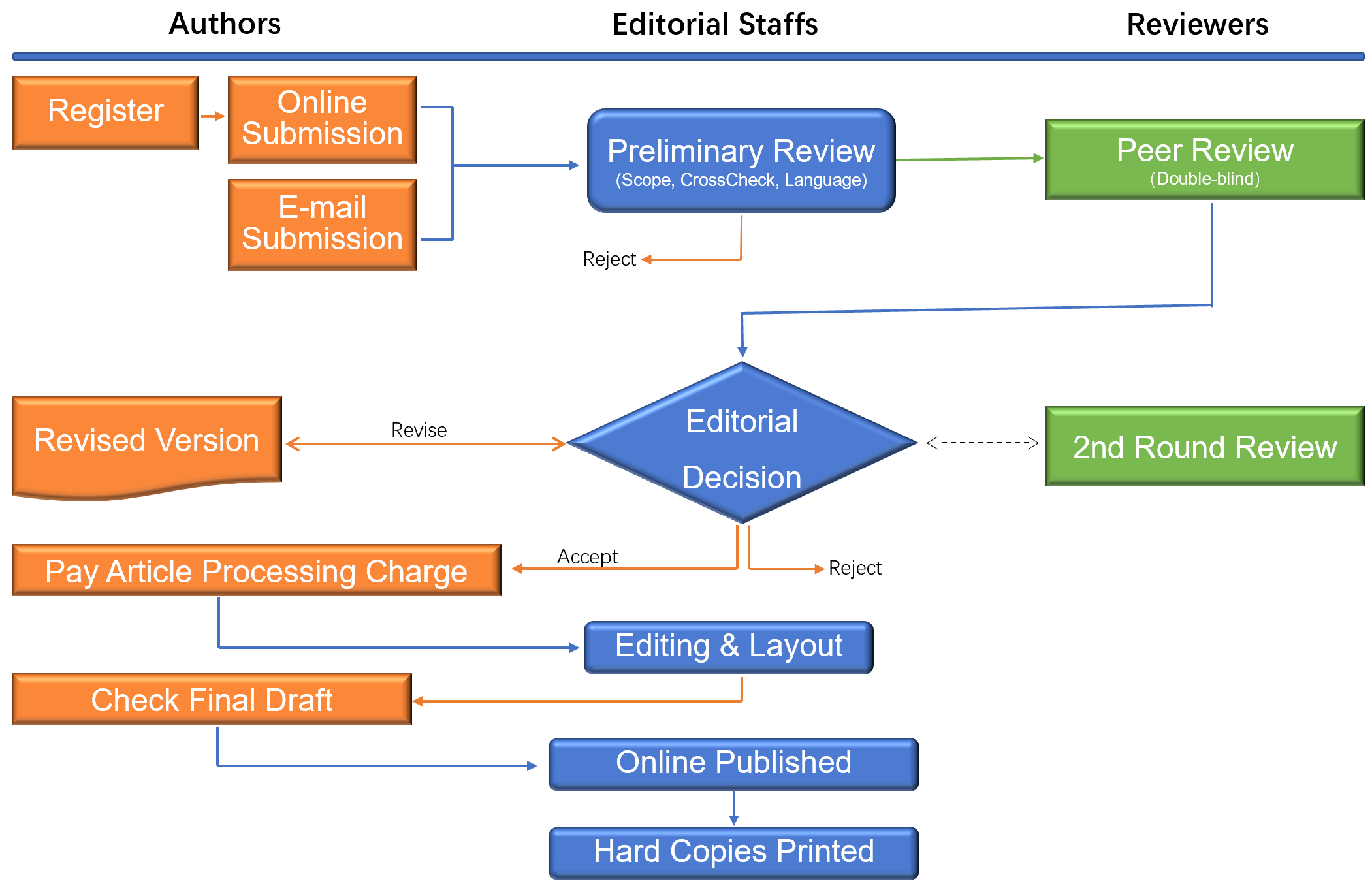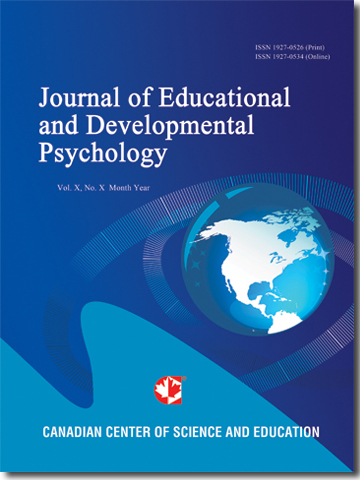About Journal
Journal of Educational and Developmental Psychology (ISSN 1927-0526; E-ISSN 1927-0534) is an international open-access journal published by the Canadian Center of Science and Education. It adopts double-blind peer review to give all researchers equal opportunity to share their ideas and thoughts.
This journal, published semi-annually in both print and online versions, keeps readers with the latest developments in educational and developmental psychology.
Focus and Scope
The journal features a special focus on educational psychology and developmental psychology ranging from pre-school to tertiary provision, and the special education. The field of educational psychology includes the effectiveness of educational interventions, the psychology of teaching, and the social psychology of schools as organizations and so on. The coverage of developmental psychology includes the following aspects: motor skills and other psycho-physiological processes; cognitive development involving areas such as problem solving, language acquisition; social, personality, and emotional development; self-concept and identity formation.
Journal Publishing Workflow
Journal of Educational and Developmental Psychology is dedicated to maintaining the highest level of integrity in the work published. The journal follows the Committee on Publication Ethics (COPE)'s Core Practices. Note the publisher and journal have a policy of “Zero Tolerance on the Plagiarism”. All submissions will be checked by iThenticate’s CrossCheck software before being sent to reviewers. We use double-blind system for peer-review; both reviewers and authors’ identities remain anonymous.
Please see the workflow for the article publication:

1. Google-based Impact Factor (2021): 1.11
The impact factor (IF) or Journal impact factor (JIF) normally referred to is the proprietary journal impact factor from Thomson Reuters calculated based on the Web of Science (WOS) and published in the Journal Citation Reports® (JCR). Currently, this journal hasn’t been indexed in Thomson Reuters JCR. Therefore, its official JCR®JIF is not yet available.
However, Google Scholar now provides an alternative Google-based impact factor. Google Scholar is the only openly available database suitable for journal metric calculation. It has a wide coverage and is a meaningful source. For this reason, Canadian Center of Science and Education is calculating its own Impact Factor by applying Thomson Reuters'(TR) algorithm based on Google Scholar's citation counts.
The 2021 Google-based impact factor of this journal would be calculated as follows:
IF2021=(Citations2020+Citations2019)/(Publications2020+Publications2019)=1.11
Citations2020=2021 cites to articles published in 2020
Citations2019=2021 cites to articles published in 2019
Publications2020=number of articles published in 2020
Publications2019=number of articles published in 2019
2. h-index (December 2021): 29
The h-index is an author-level metric that attempts to measure both the productivity and citation impact of the publications of a scientist or scholar.
h-index is the largest number h such that h publications have at least h citations.
3. i10-index (December 2021): 87
i10-index is the number of publications with at least 10 citations.
4. h5-index (December 2021): N/A
h5-index is the h-index for articles published in the last 5 complete years. It is the largest number h such that h articles published in 2016-2020 have at least h citations each.
5. h5-median (December 2021): N/A
h5-median for a publication is the median number of citations for the articles that make up its h5-index.
Journal Metrics
(The data was calculated based on Google Scholar Citations)
1. Google-based Impact Factor (2021): 1.11
2. h-index (December 2021): 29
3. i10-index (December 2021): 87
4. h5-index (December 2021): N/A
5. h5-median (December 2021): N/A
Index
- Academic Journals Database
- CNKI Scholar
- Copyright Clearance Center
- CrossRef
- Elektronische Zeitschriftenbibliothek (EZB)
- EuroPub Database
- Excellence in Research for Australia (ERA)
- Harvard Library
- Jisc Library Hub Discover
- JournalSeek
- JournalTOCs
- LIVIVO (ZB MED)
- LOCKSS
- MIAR
- Open Access Journals Search Engine(OAJSE)
- PKP Open Archives Harvester
- Publons
- ROAD
- Scilit
- SHERPA/RoMEO
- Standard Periodical Directory
- Stanford Libraries
- Technische Informationsbibliothek (TIB)
- UCR Library
- UoB Library
- WorldCat
- Zeitschriften Daten Bank (ZDB)
Contact
- Carol WongEditorial Assistant
- jedp@ccsenet.org
